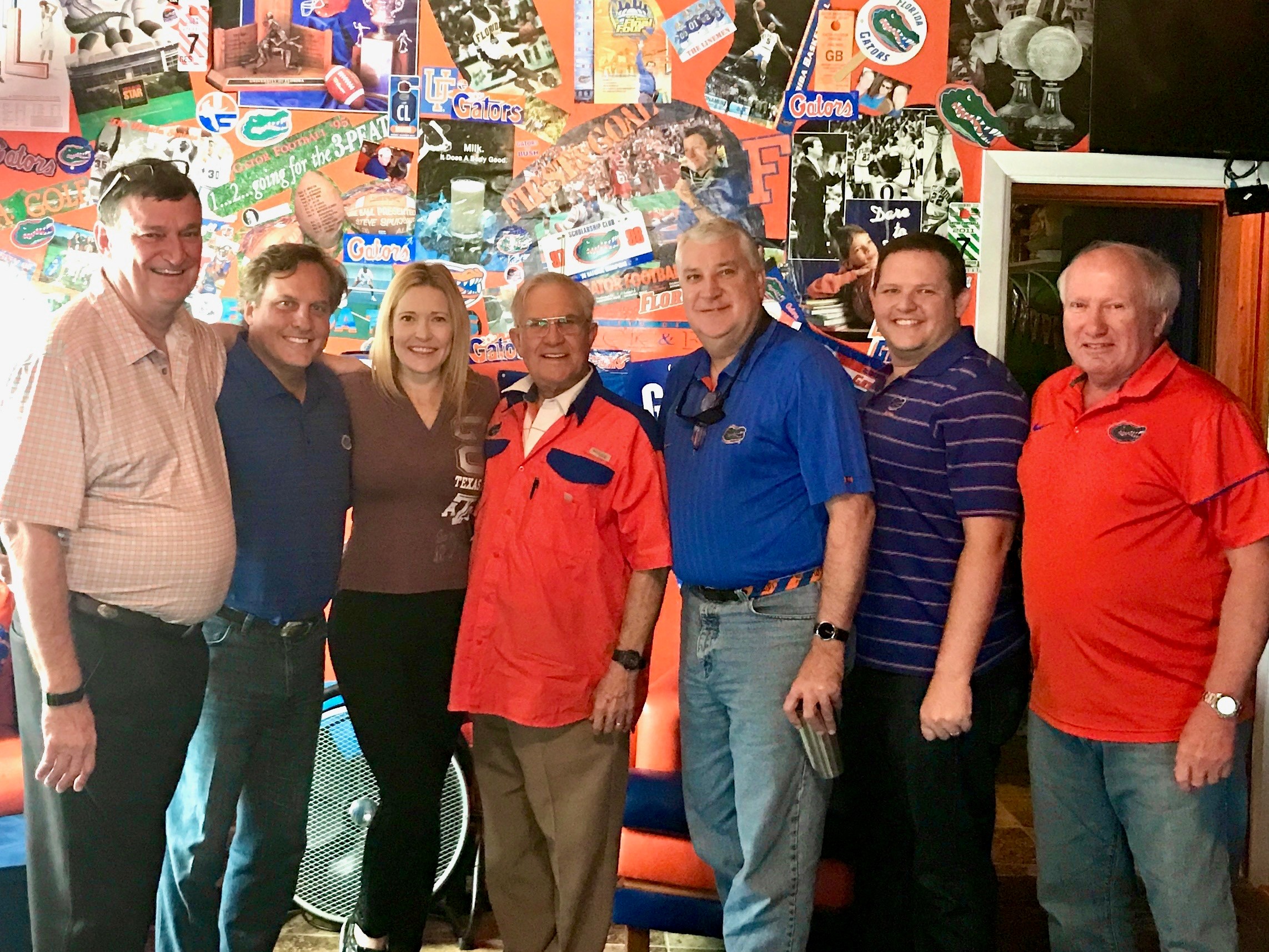Concurrent causation. It is as foreign to some courts as the Rule of Perpetuities is to a first-year law student, or quantum mechanics would be to the average Joe.
Despite the widespread confusion on the method used in insurance claims for handling losses that occur from multiple perils, the Florida Supreme Court seemed to have gotten it right back in 2016 with the Sebo v. American Home Assurance Company decision,1 which now serves as Florida’s landmark case on concurrent causation.
Sebo involved diving into the policy’s exclusions and its exceptions, the oh so familiar “resulting loss” or “ensuing loss” provisions. Although the Sebo policy had what is called “anti-concurrent causation” (ACC) language under some of the exceptions—voiding an excluded peril even though it was covered as a resulting or an ensuing loss—the defective design and workmanship exclusion in the Sebo policy did not contain such ACC language. This fact affirmed coverage for the Plaintiff. The court stood on the finding that since other exclusions of the Sebo policy contained ACC language, but the defective design and workmanship exclusion specifically did not, the plain language of the policy did not preclude the Plaintiff from recovery under the ensuing loss provision.
As many Florida policyholder Hurricane Ian claims begin to get thrown into the litigation oven, policyholder attorneys are finding themselves looking into their clients’ subject policies for ACC language before filing suit. As if concurrent causation wasn’t a problem for some courts enough, a policyholder attorney must do their due diligence in identifying the ACC language within the policies and determining if their client’s claim can hold water (no pun intended) before filing suit.
Many carriers stick ACC language in the preamble of their policies, but this language is commonly found within the exclusion sections as well. One could imagine how the existence of ACC language within a policy can help insurance companies lessen or even deny a policyholder’s claim for damage caused by a catastrophic storm that brings multiple perils, such as a hurricane.
In September 2022, Hurricane Ian made landfall on the West Coast of Florida and ranked as one of the most devastating hurricanes ever to hit the state. Ian, ranked as a category five storm, brought over 150 mph winds and over 12-foot storm surge in some areas.
Now, if a policyholder were to file a claim for wind and flood damage to their property due to Hurricane Ian, wind damage could be covered under most all-risk homeowners insurance policies, but if ACC language were inserted in the right areas within the policy excluding coverage for flood damage, it could preclude the policyholder from collecting on the resulting or ensuing loss. This has a big impact on claims handling as more than 5,000 homes were destroyed in Lee County, Florida, and nearly 30,000 more were damaged from Hurricane Ian, with a high number of those caused by storm surge.
Since 2020, over fifteen insurance companies have gone into receivership, and since then, carriers have been narrowing their policies even more. ACC clauses are being found throughout policies now more than ever. While concurrent causation may have favored many policyholders in the past, the modern-day ACC clauses have come to the rescue for insurers as we move into the future.
______________________
1 Sebo v. American Home Assurance Co., 208 So. 3d 694 (Fla. 2016).




